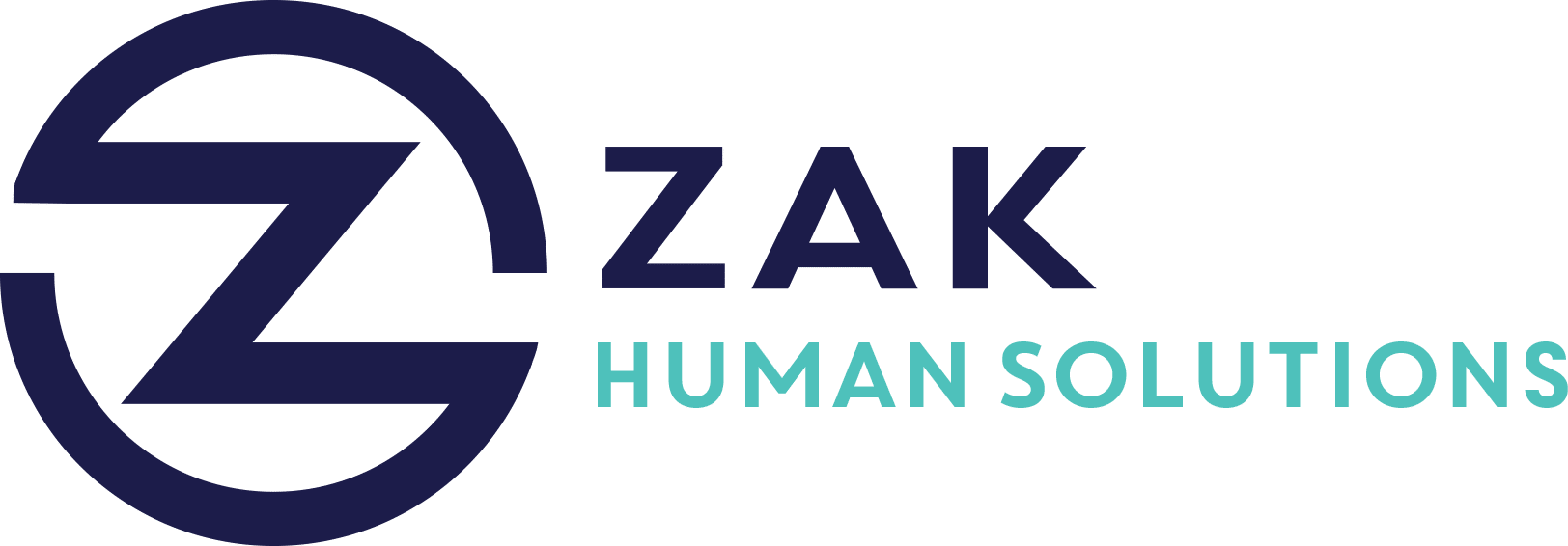Key Takeaways
- Experienced C-suite leadership enhances organizational performance, with long-tenured executives driving better revenue and customer experience.
- Over half of executives (56%) are likely to leave their roles within two years, with established executives being particularly at risk.
- Understanding the roots of executive dissatisfaction is crucial, with growth opportunities and cultural misalignment being top reasons for turnover.
- Developing targeted retention criteria can help focus efforts on retaining essential executives rather than overspending on less impactful ones.
- A multi-channel retention strategy, beyond just compensation, addresses diverse executive needs and enhances overall satisfaction.
In today’s rapidly evolving business landscape, the retention of seasoned executives is more critical than ever. An experienced C-suite is often the backbone of organizational success, propelling companies to achieve optimal performance and maintain competitive edges. However, with a significant number of executives contemplating exit from their roles, understanding and mitigating turnover has become a pressing issue for many organizations. This blog post delves into the factors driving executive departures and presents strategies to ensure lasting leadership stability.
The Importance of Tenured C-suite Leadership
Experienced executive teams are paramount to an organization’s success. Studies have shown that companies with long-tenured executives often outperform their peers, excelling in revenue generation and customer experience. The profound knowledge and strategic acumen these leaders bring can often be the differentiator between thriving and merely surviving in today’s volatile market.
The Alarming Escalation of Executive Turnover
Despite their importance, the retention of senior executives is increasingly precarious. Statistics reveal that over 56% of executives are likely to leave their roles within the next two years, with established leaders being particularly vulnerable. This trend not only threatens organizational stability but also risks a loss of institutional knowledge and expertise.
Factors Driving Executive Turnover
Understanding what compels executives to leave is crucial. Recent findings highlight several key factors:
- Desire for New Challenges: Many executives seek career advancement and novel professional challenges, often finding their current roles lacking in growth opportunities.
- Cultural Misalignment: A mismatch between an executive’s values and the organizational culture can lead to dissatisfaction and eventual departure.
- Inadequate Compensation: While not the sole factor, competitive compensation remains a significant consideration.
Strategies to Mitigate Executive Turnover
Organizations aiming to reduce executive turnover must employ targeted strategies that address the underlying causes.
1. Comprehensive Diagnosis of Dissatisfaction
- Identify Core Dissatisfaction Drivers: Corporate leaders, particularly the CHRO, should work with the CEO to uncover the roots of executive dissatisfaction. Regular one-on-one meetings can provide valuable insights into individual concerns and growth goals.
- Anonymity and Empathy: Encourage open dialogue by assuring confidentiality and demonstrating empathy, fostering an environment where executives can raise concerns without fear.
2. Targeted Retention Criteria
Developing criteria for retaining high-impact executives ensures that resources are wisely allocated. Some criteria to consider:
- High Performer Retention: Focus on maintaining executives with a proven track record of high performance.
- Critical Capability Retention: Identify executives possessing essential skills or institutional knowledge difficult to replace.
- High Potential Retention: Retain executives poised to drive future organizational growth.
3. Multi-Channel Retention Strategy
Taking a multi-faceted approach to retention can effectively address the spectrum of executive needs:
- Role of CHRO as Career Coach: By offering tailored career development opportunities, CHROs can connect executives to resources that align with their personal and professional aspirations.
- Strengthening Leadership Relationships: Build strong CxO and CEO relationships to mitigate concerns about growth opportunities.
- Support for Mental Health and Work-life Balance: Address burnout and work-related stress by promoting the use of mental health resources and fostering a balanced work environment.
Future-Proofing Organizational Leadership
As organizations navigate the challenges of a VUCA (volatility, uncertainty, complexity, and ambiguity) world, they must prioritize the retention of capable executives who can steer them toward continued success. By understanding and implementing strategic measures to mitigate executive turnover, companies can secure a leadership team that is not only effective today but also ready to tackle tomorrow’s challenges.




